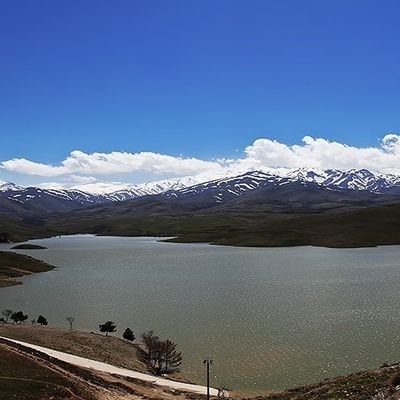SAEDNEWS: The Moon isn’t as dormant as it appears. Like Earth, it experiences seismic activity known as moonquakes, providing scientists with fascinating insights into its structure and evolution.

We think of the Moon as a cold, lifeless rock orbiting Earth, but it is far from static. The Moon experiences seismic events called moonquakes, much like the earthquakes on our planet. These lunar tremors help us understand the Moon’s interior and its dynamic past.

Moonquakes are tremors that occur beneath the lunar surface. They are less frequent and less intense than the earthquakes on our planet, but they still reveal valuable information about the Moon’s structure. These tremors were first detected during NASA’s Apollo missions in the 1960s and 1970s, when astronauts placed seismometers on the lunar surface.
Types of Moonquakes
There are four main types of moonquakes:
Deep Moonquakes: Occurring around 700 km below the surface, these are triggered by tidal forces caused by Earth’s gravitational pull.
Shallow Moonquakes: Found closer to the surface, these quakes are the strongest and can cause significant shaking.
Thermal Quakes: Caused by temperature fluctuations when the Moon shifts from extreme cold to heat.
Impact Quakes: Resulting from meteorite collisions with the Moon’s surface.
A Cooling and Shrinking Moon
Unlike Earth, the Moon lacks tectonic plates. However, its seismic activity is driven by different mechanisms. One major cause is the Moon’s gradual cooling. As its interior cools, the Moon contracts, causing the crust to crack and shift, leading to shallow moonquakes.
Gravitational Tides from Earth
Deep moonquakes are primarily influenced by the gravitational pull of Earth. As the Moon orbits, these tidal forces create stress within its interior, leading to periodic tremors.
Temperature Extremes
Thermal moonquakes occur because the Moon experiences extreme temperature changes between day and night. This expansion and contraction of the surface materials can produce small quakes.
The first moonquake detections were made possible by seismometers installed on the Moon during the Apollo 11, 12, 14, 15, and 16 missions. These devices recorded thousands of seismic events over several years, providing scientists with critical data about lunar activity. Though the Apollo seismometers were deactivated in 1977, modern missions like NASA’s Artemis program plan to deploy new sensors, further advancing our understanding of moonquakes and their implications.
Peering Into the Moon’s Interior
Moonquakes help scientists study the Moon’s internal structure. researchers have identified a layered composition similar to Earth, with a crust, mantle, and core by analyzing the seismic waves.
Clues to Lunar Evolution
The Moon’s seismic activity provides evidence of its cooling process, helping scientists piece together its geological history and evolution. This information is vital for understanding the Moon’s origin and its relationship with Earth.
Preparing for Lunar Exploration
Understanding moonquakes is essential for future missions and potential lunar bases. Particularly, shallow moonquakes can pose risks to infrastructure and equipment. By studying these tremors, scientists can develop safer designs for habitats and facilities on the Moon.
Key Differences
Intensity: Moonquakes are weaker than most earthquakes, with the strongest ones reaching around magnitude 5.
Duration: Lunar tremors can last much longer due to the Moon’s lack of water, which on Earth helps dissipate seismic energy.
Cause: Moonquakes are influenced by gravitational forces, cooling, and impacts while Earthquakes are driven by tectonic plate movements.
Similarities
Both phenomena involve the release of stress within the body of the planet or satellite, producing seismic waves that scientists can study to reveal internal structures.

Artemis Missions
NASA’s Artemis program aims to return humans to the Moon and establish a long-term presence. By deploying advanced seismometers, scientists will gain a deeper understanding of moonquakes and their implications for lunar exploration.
Lunar Bases and Infrastructure
Understanding moonquakes will help engineers design structures that can withstand lunar seismic activity, ensuring the safety of astronauts and equipment in future missions.
Expanding Our Knowledge of Other Worlds
Studying moonquakes enhances our understanding of the Moon alongside helping scientists draw parallels with other celestial bodies, which offers insights into the geology of planets and moons across the solar system.
Moonquakes are a fascinating reminder that even the seemingly lifeless Moon is geologically active. These tremors provide scientists with a wealth of information about the Moon’s structure, history, and future. As we prepare to revisit the Moon through programs like Artemis, understanding moonquakes will play a vital role in ensuring the success and safety of our exploration efforts.

